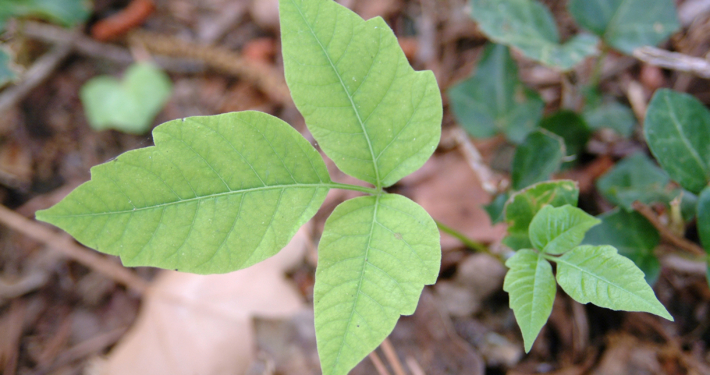How to Watch Out For Poison Ivy, Oak, and Sumac
By: Richard Rich
Poison ivy, oak, and sumac are three plants that can cause an allergic reaction when they come into contact with the skin. These plants contain a potent allergen called urushiol that can cause a rash, itching, and swelling when it comes into contact with the skin. If you are spending time outdoors, it is important to watch out for these plants and take steps to protect yourself from their harmful effects.
One of the best ways to watch out for poison ivy, oak, and sumac is to familiarize yourself with their appearance. Poison ivy typically has three glossy green leaves that are arranged in a cluster. The leaves may be smooth or jagged, and they can turn red or yellow in the fall. Poison oak and sumac also have three leaves, but the leaves are more lobed and may be hairy.
When you are outdoors, keep an eye out for these plants and avoid coming into contact with them. If you see them growing along a trail or in a park, take a different route to avoid coming into contact with them. If you come across these plants in your yard, consider removing them to prevent potential exposure.
If you think you may have come into contact with poison ivy, oak, or sumac, it is important to take action right away. Wash the affected area with soap and water as soon as possible to remove any traces of urushiol. You can also use a topical skin protectant, such as R&R Lotion I.C. Ivy Block, to help prevent the rash from developing. If a rash does occur, use a soap specifically designed to treat poison ivy rash, such as R&R Lotion I.C. Ivy Cleanse, to help reduce its severity and duration.
Overall, watching out for poison ivy, oak, and sumac is an important step to take when spending time outdoors. By familiarizing yourself with their appearance and avoiding contact with these plants, you can help protect yourself from their harmful effects. If you think you may have come into contact with these plants, take action right away to prevent a potential reaction.







